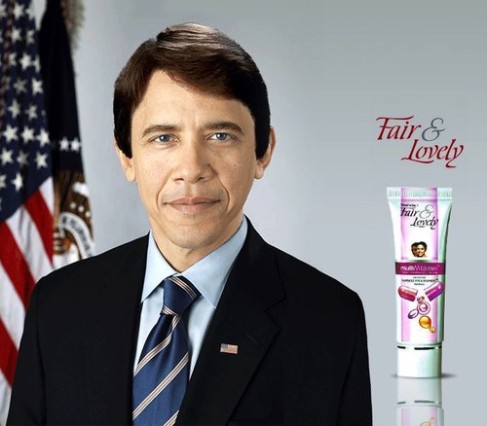False advertisement is any type of advertisement that deceives consumers or affects their purchasing decisions. Even advertisement that only has the potential to be misunderstood by the consumers may be construed as false advertisement. Basically, false advertising is the use of false or misleading statements in advertising instead of telling the consumers the truth where ‘truth’ is the concept that the consumer has the right to know what they are buying.
To establish the fact that the advertisement is false, certain points needs to kept in mind:
a) a false statement of fact has been made about the advertiser’s own or another person’s goods, services, commercial activities;
b) the statement either deceives or has the potential to deceive a substantial portion of its targeted audience;
c) the deception is likely to affect the purchasing decision of its audience;
d) the deception is likely to cause injury/loss to the customer.
Types of False advertisement:
Usually, false advertisement is in the form of:
§ Failure to disclose:
Misleading misstatements or partially correct statements are considered to be ‘failure to disclose’ because they fail to disclose something the consumer should know. Sometimes even misrepresentation is not required. Merely not stating the truth can be a ‘failure to disclose’.
§ False and insignificant research:
Stating facts based on false and insignificant research can also be construed as false advertisement. For example, basing advertising claims on statistically insignificant test results can well be false advertising on the grounds of flawed and insignificant research.
§ Product disparagement;
Discrediting a competitor’s product to boost sales is called product disparagement and is considered to be a part of false advertisement as well.
Other than these, false advertising in a wider sense may include hidden fees and surcharges, manipulation of the standards and commodities, mixing of adulterants, over sizing of packages, using ambiguous undefined terms, etc.
LIABILITIES IN ADVERTISING
When an injury (a violation of the legal right) is caused to a third-party due to the advertising of a business house of its goods and services, advertising liability arises. Liability of a company to another is the company being legally obligated or accountable to the other company.
Publishers of advertising content are liable for the content of the advertisement as well as their traditional content.
Advertising liability can arise through:
i. Libel: It is the defamation of another person or company in a written or visual form.
ii. Slander: it is defamation by speech.
iii. Invasion of privacy: Invasion of privacy may come in different forms:
· It may be in the form of misappropriation (intentional, illegal use) of a person’s likeliness or name, usually for the commercial benefit of another.
· Intrusion into the private affairs of a person and his right to seclusion and solitude.
· Depicting a person in a false light through the use of publicity. Whether the depiction is objectionable is judged by a reasonable standard.
· Public disclosure of true facts (even if they are true), if it leads to embarrassment and are reasonably objectionable comes under invasion of privacy.
iv. Copyright infringement: It is what the name itself suggests. Using copyrighted material of another person or company gives rise to liabilities.
v. Trademark or trade dress claims: As in the case of copyrighted material, misusing someone’s trade dress (a business style or image that is unique or distinctive) gives rise to liabilities under advertising.
Other than aforesaid, liabilities in advertising may arise because of certain misappropriation claims or unfair competition claims.

